Pheasant artificial breeding technology, the need for self-help, no thanks!
Recently, Dr. Nong has been exporting various rural farming projects to make money, which may broaden your horizons. We don't ask for many likes, as long as we can help people!
Not to mention, today we talk about the artificial breeding of pheasants.
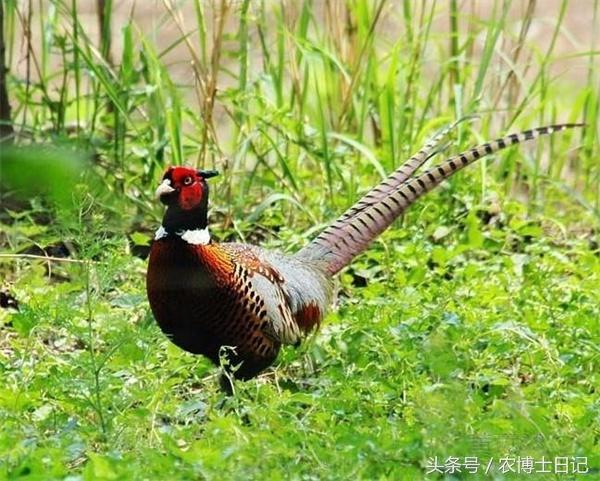
The so-called pheasant, is pheasant, also known as pheasant. Food value and economic value are very high, under the condition of guaranteed market, raising pheasant will have higher economic benefits. It can be regarded as an agricultural money-making breeding project.
1. Incubation. Eggs laid by pheasants should be hatched as they are laid. When eggs are few, chickens can be used for hatching, and eggs are artificially hatched. Pheasants hatch for 24 days. After hatching 1-20 days, the temperature should be controlled at 37-37.5 ℃, relative temperature 65-70%, 21-24 days of hatching temperature is 37 ℃.
2. Brood. Good temperature control is the key to success or failure of brooding. The suitable temperature for chicks is 34-35 ℃ at 1-3 days old, 33-34 ℃ at 4-5 days old, 32-33 ℃ at 6-8 days old, 31-32 ℃ at 9-20 days old and 26-28 ℃ at 21-60 days old.
Pheasants aged 1-10 days should use 24 hours of continuous light, and then reduce 3-4 hours per week. Natural light can be used after 30 days of age.
Chickens out of the shell after the first drink 1/10,000 high potassium ferrate solution, and then eat, because pheasants like to eat snacks, to adopt multiple feeding methods. The feed for young pheasants is made up of corn, bean cake, fish meal, bran, cooked meat, bone meal, green feed and various trace element additives. The crude protein content of the feed is above 18%.
Chickens drinking water to ensure supply, and with warm water.
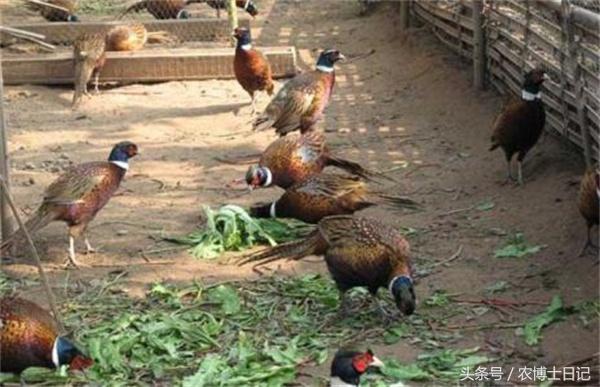
3. Raising adult chickens. Adult chickens can be raised in cages and net houses. The cages used for cage breeding are the same as those for domestic chickens. The net houses for net breeding are made of iron wire or nylon net to prevent pheasants from flying away. A perch frame, sink, trough and egg box shall be provided in the wind house.
The formula of feed for adult chickens is: corn 41%, bran 10%, bean cake 19%, fish meal 15%, green feed 10%, bone meal 3%, a small amount of salt and various trace additives.
An adult pheasant used for breeding. The ratio of male to female should be appropriate. The appropriate ratio is 1:5 or 6. Too high or too low a proportion is detrimental to reproduction.
Pheasant disease prevention and control and domestic chickens are roughly the same.
Adult pheasants grow faster at 61-120 days of age, and commercial chickens are generally sold at about 120 days of age.
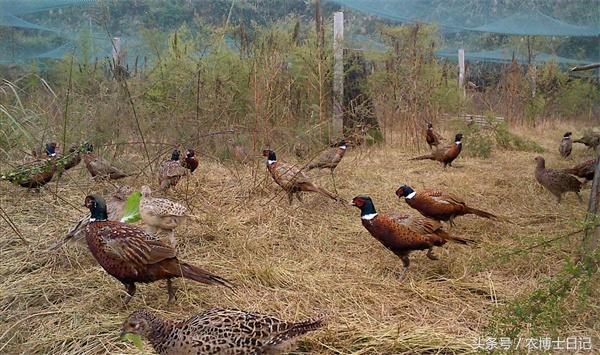
If useful, remember to collect! Dr. Nong original, welcome to reprint, reprint indicate the source!
- Prev
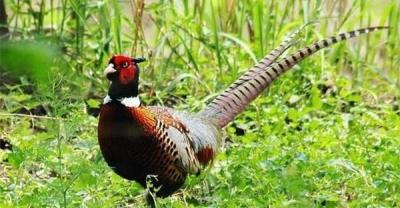
Composting of Pig manure and its Application in Earthworm Culture
In recent years, with the rapid development of livestock and poultry breeding industry in China, livestock and poultry fecal wastes are also increasing. the fecal wastes of some livestock and poultry farms are discharged without treatment.
- Next
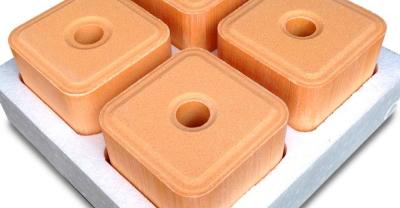
Trace elements that you must not know in shrimp culture
Hello everyone, I am Xiaobian dream, the weather is getting cold, prawns more and more need to supplement nutrition, as well as a variety of trace elements. So, in today's article, the editor will.
Related
- On the eggshell is a badge full of pride. British Poultry Egg Market and Consumer observation
- British study: 72% of Britons are willing to buy native eggs raised by insects
- Guidelines for friendly egg production revised the increase of space in chicken sheds can not be forced to change feathers and lay eggs.
- Risk of delay in customs clearance Australia suspends lobster exports to China
- Pig semen-the Vector of virus Transmission (4)
- Pig semen-the Vector of virus Transmission (3)
- Five common causes of difficult control of classical swine fever in clinic and their countermeasures
- Foot-and-mouth disease is the most effective way to prevent it!
- PED is the number one killer of piglets and has to be guarded against in autumn and winter.
- What is "yellow fat pig"? Have you ever heard the pig collector talk about "yellow fat pig"?

